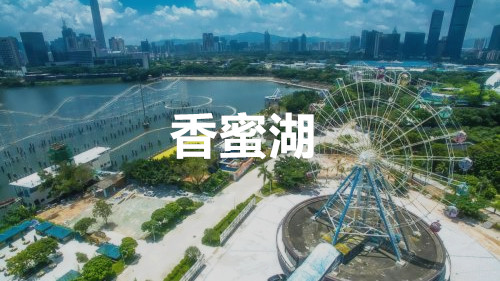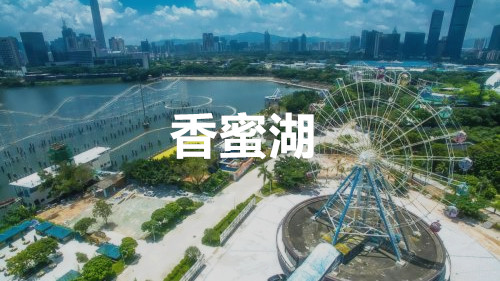Xiangmi Lake

[Xiangmi Lake] Cases Relevant to Research on Spontaneous Buildings of Food Shops at Xiangmi Lake
July 13, 2012 10:07This article compiles some research on informal sapce, including case of spontaneous buildings of many cosmopolitan cities such as Taipei, Hong Kong, Tokyo and Beijing. Informal space is often judged by its much-maligned management logic and visual effects. These cases could help us better understand the rationale behind the formation and existence of informal space from perspectives like living condition and the rationality of people. Thus, the article is expected to provide reference for the research on the spontaneous buildings of food shops at Xiangmi Lake.

[Xiangmi Lake] Research into Informal Space of Xiangmi Lake
August 01, 2012 19:16Filled with regulated and unregulated buildings, the food street south of the Planning Building has evolved from a lakeside resort into one of the most popular public space in Shenzhen. Shenzhen Center for Design advocated research of the city’s growth and development from different angles, especially those from the surroundings and everyday life. In the 1980s, the Xiangmi Lake on the south of the Planning Building was a famous resort and theme park. Now it has become one of the most popular dining paradise in Shenzhen. While enjoying the gourmet foods, urban planners and designers should not ignore this spontaneous change and take it as a blind spot. Actually, the economic, complex and sustainable building strategy of these flexibly transformed food stalls well demonstrated the non-professional wisdom of temporary buildings.

[Xiangmi Lake] City Gallery: Impression of Xiangmi Lake
July 31, 2012 17:39Xiangmi Lake in freehand drawings

[Xiangmi Lake] Volunteer's Research Journal
July 25, 2012 18:53This article showed the research results on the temporary architectures of food shops at Xiangmi Lake by a volunteer participating in the project initiated by Design Center. Based on field research on the lakeside environment and food streets,she found that accessibility to water scenery was limited and utilization of space was low along the lake on the north part of Hongli Road. The major causes to the problems were the wall along the lake which blocked entrance and the recreational facilities which were out of use and led to space waste. Research on food streets led to the conclusion that the spontaneously formed food shops were distinctive in style yet the sanitary condition ramained to be improved.